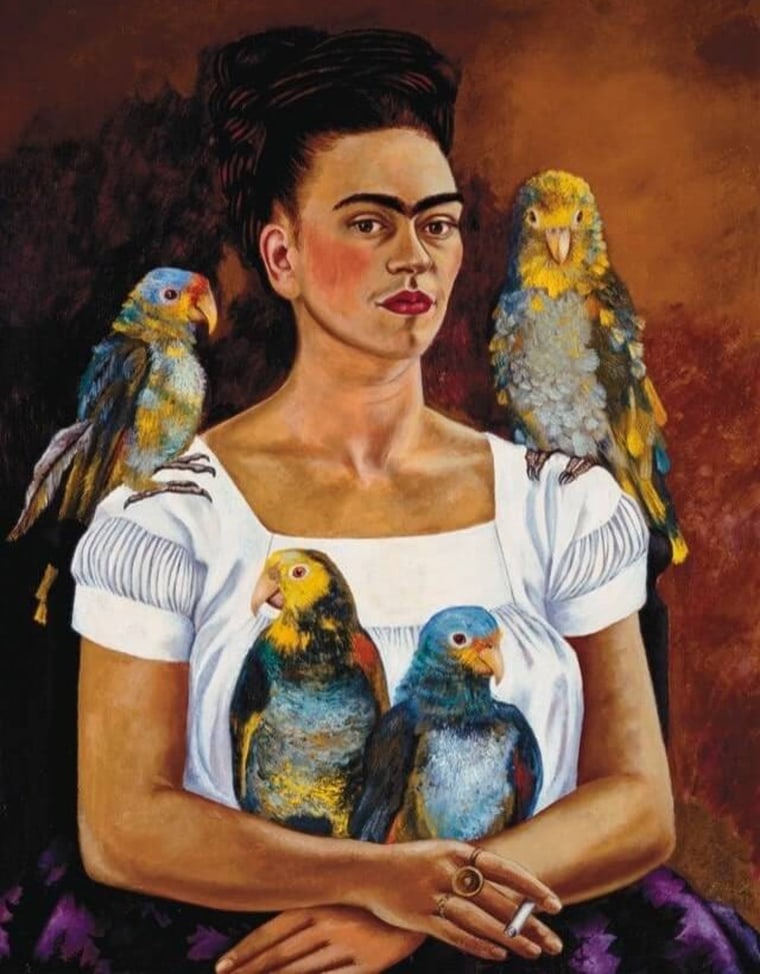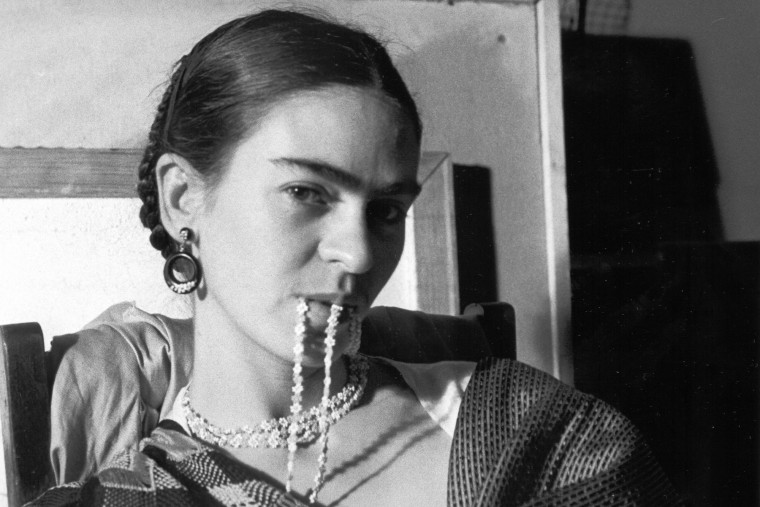Frida Kahlo's distinct image and iconic paintings are omnipresent art symbols recognizable by most people even 70 years after her death, creating a false sense that everything there is to say about the Mexican painter has already been said.
But filmmaker Carla Gutiérrez cuts through that by doing what no one has done before in retelling the legendary artist’s story on-screen: use Kahlo's own words.
In her new documentary film "Frida," Gutiérrez uses the painter’s illustrated diary, intimate correspondence and candid print interviews to verbalize the artist’s innermost thoughts. Those emotions beautifully come to life through the lyrical animation of Kahlo's unforgettable artwork.
The combination of these elements in Gutiérrez’s feature film directorial debut results in a refreshing narrative that is as introspective as Kahlo’s paintings, most of which are self-portraits.
“I really felt that there was an intimacy that we could capture with our film and bring her in a different way to viewers,” Gutiérrez told NBC News. “For us, it was about always capturing the essence of Frida and her spirit.”
In the film, the earnest delivery of voiceover actor Fernanda Echevarría del Rivero as Kahlo allows the audience to feel an even bigger affinity to the artist, as if she was the one telling us her deepest secrets from her childhood and her adulthood.”
Kahlo’s voice has remained a mystery for years. There is one recording believed to contain the sound and tone of the artist’s voice, according to Mexico’s Fonoteca Nacional, which archives old radio shows and other kinds of recordings. The Kahlo Family has denied this, saying that as far as they know, "there are no records of Frida’s voice."
The voiceovers in "Frida" are effectively used to deliver poignant revelations about Kahlo and her life. At times, they are so personal, it almost feels like we should not be listening to them.
In her letters and diary, Kahlo wrote about the ups and downs of her relationship and marriage to acclaimed muralist Diego Rivera, her romance with the Russian revolutionary Leon Trotsky, and some of her first memories questioning the Catholic faith, as well as gender roles.
Viewers also get to go inside Kahlo's mind as she recovered from a life-threatening accident that left her with fractures in her spine, leg, collarbone and pelvis — injures that resulted in multiple miscarriages and dozens of surgical procedures later in her life.
"There is a way of approaching biographies where you just list all the things that happen in somebody's life. But for me, it's really more important to capture the spirit of somebody and the emotional journey of that person," Gutiérrez said.

To accomplish this, she and her team got unrestricted access to research materials that have never been shown to the general public before.
It took them two years to parse through everything and create a unique cinematic experience for those who have loved Kahlo for years and others who are just learning about her legacy.
Gutiérrez said the experience of reading Kahlo's writings and getting to know about her feelings firsthand "made me really feel her a lot, in a closer way, in a more intimate way.”
“It just made her into a more normal woman that is facing the normal things that we all face,” she said.
Audiences get to see, hear and feel a multitude of Kahlos — at times rebellious and seductive, fearless and defiant, lonely and vulnerable, insecure and fragile.
As a woman who lived with physical disabilities, explored and challenged gender norms, remained politically active and lived a tumultuous love life, the film provides a satisfying ending that makes us gain a new understanding of Kahlo's last painting: a still life of watermelons with the Spanish words "Viva la Vida" (Live Life).
It brought meaning to "that symbol, that sometimes is a little bit reductive," Gutiérrez said.
"Frida" will be available to stream on Amazon starting Thursday.

